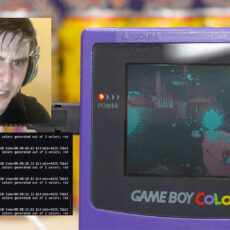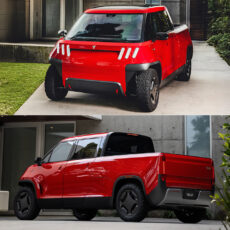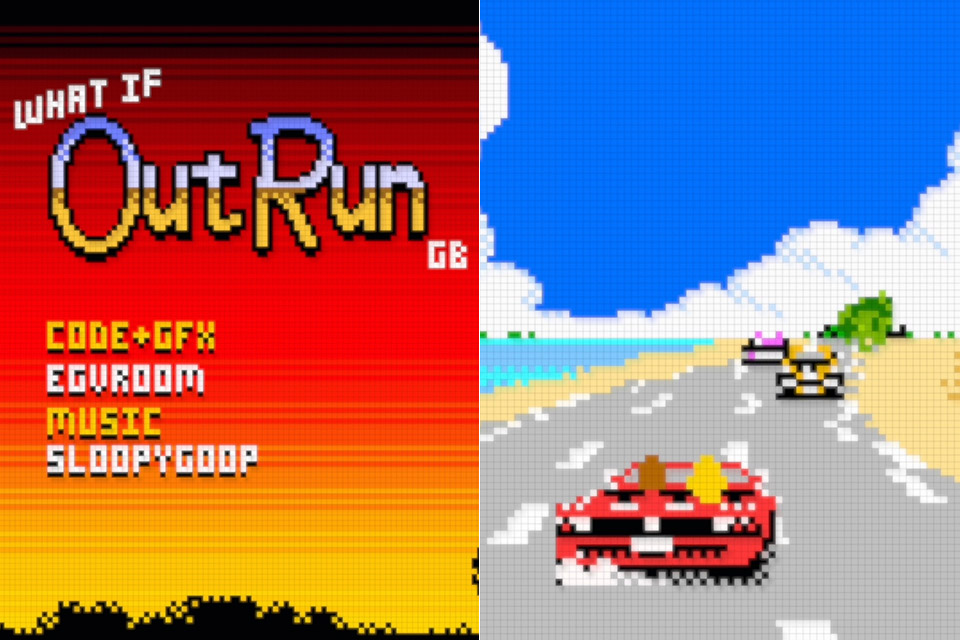
Photo credit: EVGroom
SEGA’s OutRun is getting an unofficial Game Boy Color version, created by indie developer Shane McCafferty. Bringing a game like OutRun, a 1986 arcade title with advanced Super Scaler graphics for its time, to the Game Boy Color—a handheld with limited hardware—takes smart optimization and creative solutions.
#screenshotsaturday Outrun (ish) Game Boy Color update:
– Worked more on the pixels.
– Added the final music.
– Tweaked handling.
– Almost complete now. It's going to be a free, 1 stage, demo. A 'what if?'Some gameplay …
#pixelart #indiedev #gameboy #retrogaming— EGVroom (@egvroom.bsky.social) May 2, 2025 at 9:52 PM
We don’t know the exact details of this port, but the Game Boy Color has a Z80-based CPU running at ~4 MHz, 32 KB of RAM, and a 160×144 pixel screen with a 4-bit color palette (up to 56 colors on screen from 32,768 possible colors). It doesn’t have the arcade’s sprite-scaling hardware. McCafferty likely used a modern Game Boy development kit, like GBDK-2020 (a C-based tool), which he mentioned in a previous project (Shadow of the Beast demo).
- Join the legacy: Library of 14 iconic games, including Mortal Kombat, Mortal Kombat 2 & 3, Toobin, Rampage, Joust, Rootbeer Tapper, Defender, and...
- Authentic gaming at its finest: Relive the golden era of arcade gaming with original licensed artwork, real-feel joysticks and buttons, light up...
- Enjoy Wi-Fi enabled gaming and unlimited free play: Compete with friends, post scores to leaderboards and download the Companion App to join a...
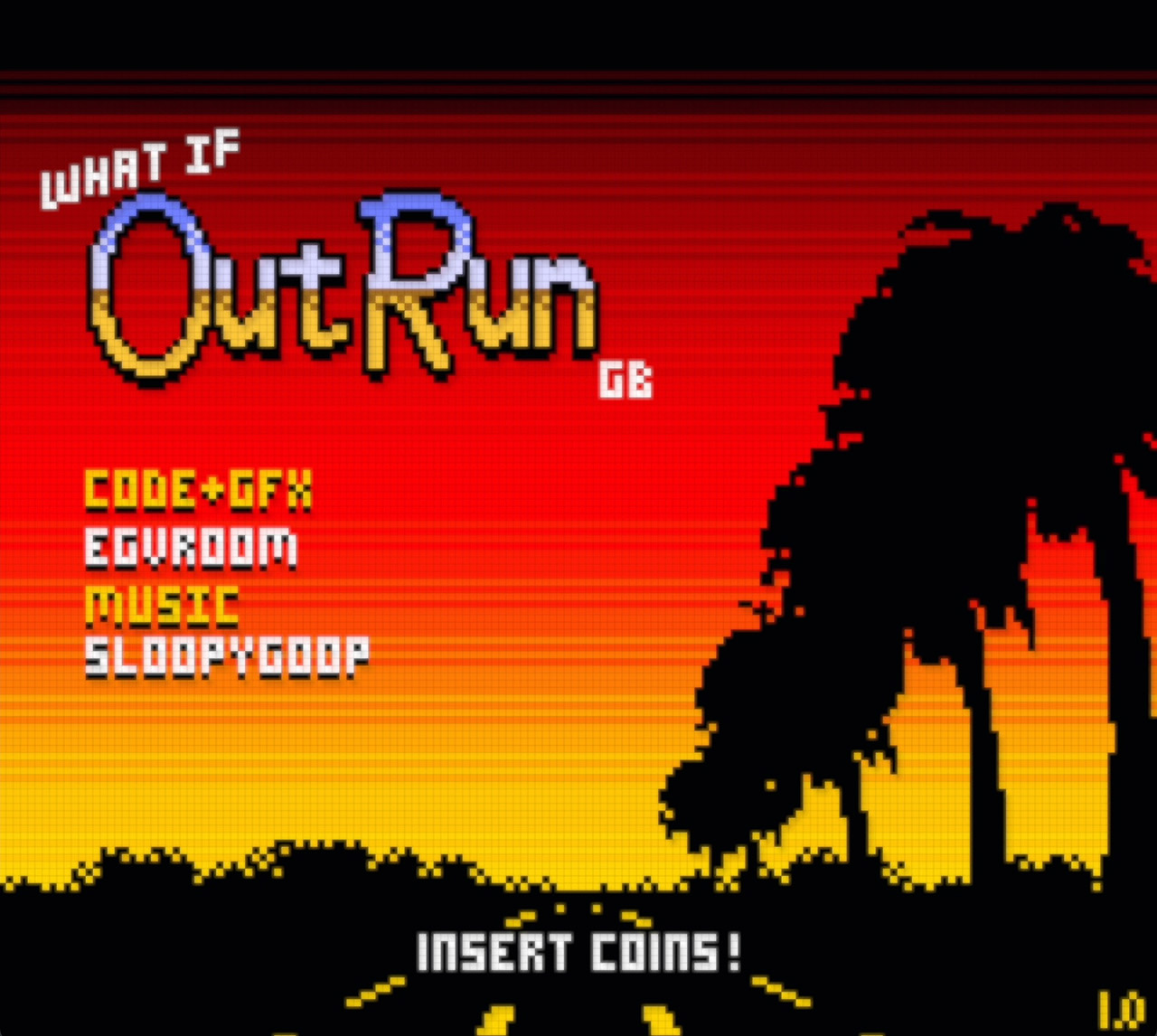
GBDK-2020 makes coding for the Game Boy Color easier by offering tools for handling sprites, tiles, and inputs, which are key for a fast game like OutRun. The arcade version of OutRun used sprite scaling and smooth animations to make visuals dynamic. Due to the Game Boy Color’s limited hardware, various sprite sizes were probably made in advance or a smart tile-swapping technique was used, like switching between larger and smaller car sprites to mimic distance.
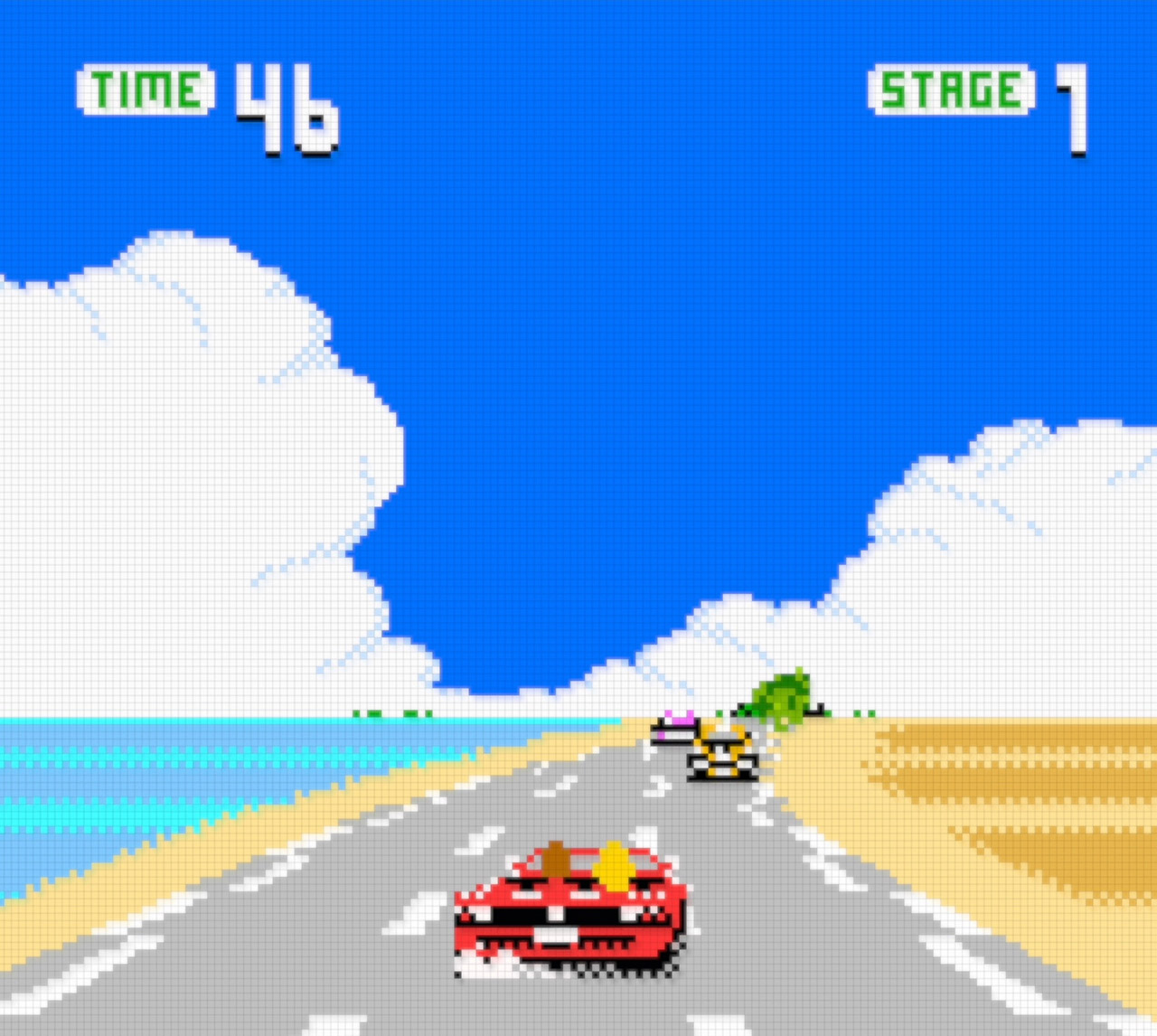
The main gameplay elements (steering, acceleration, and collision detection) were likely built from scratch, as using the arcade code wouldn’t work. He probably used simplified physics to keep the game running smoothly on the Game Boy Color’s weak CPU.

The Game Boy Color has four sound channels (two square waves, one wave, and one noise). What music and sound effects did McCafferty include in the OutRun Game Boy Color demo? McCafferty added “final music” to the demo, likely making or tweaking chiptune versions of OutRun’s well-known tracks (like “Magical Sound Shower”) using tools like LSDJ or custom sound drivers, and adjusted sound effects for the car and crashes to work within the Game Boy Color’s audio limits.
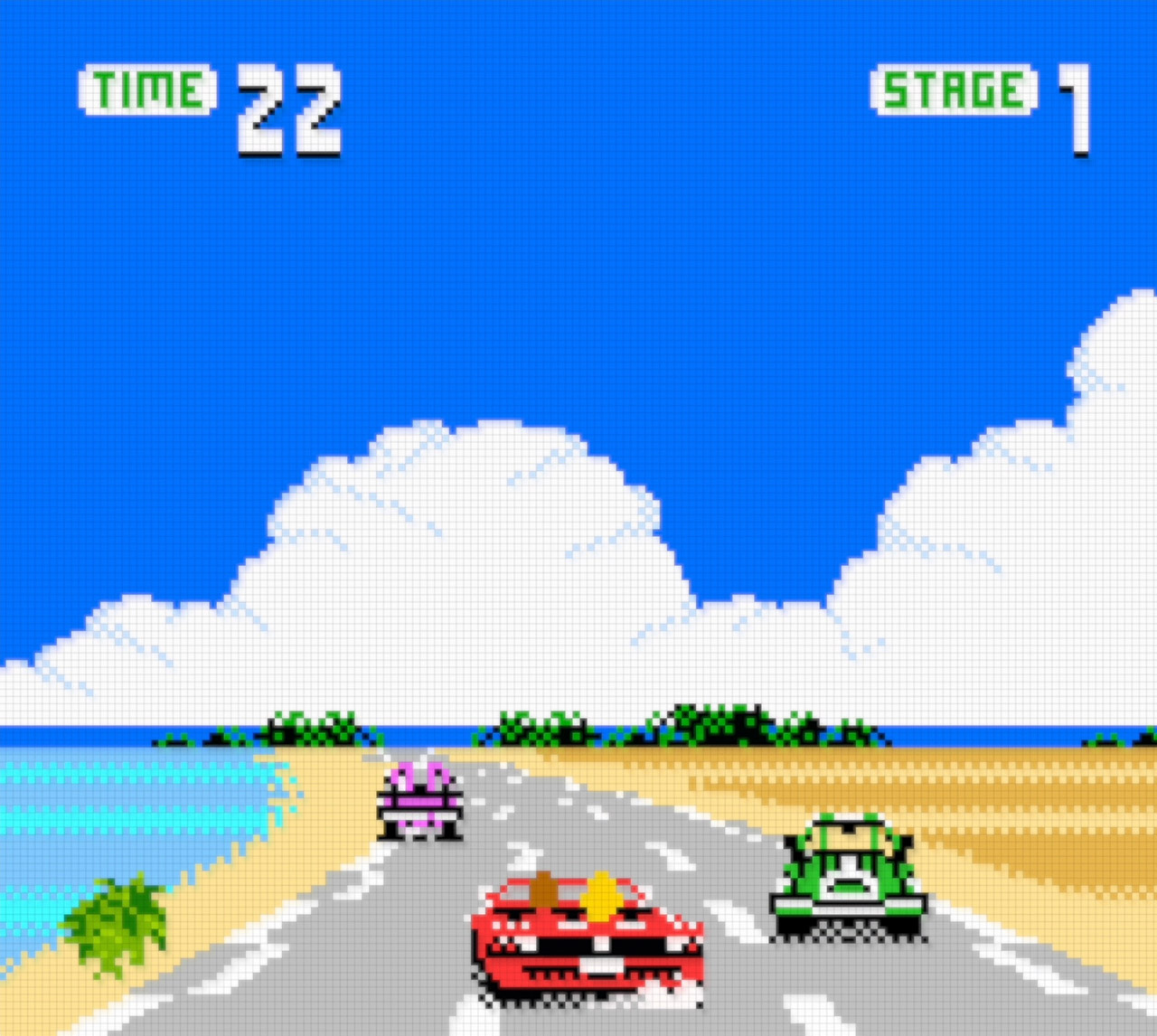
How did McCafferty ensure smooth gameplay on the Game Boy Color’s limited hardware? To keep the game running well, McCafferty optimized the code to reduce the CPU’s workload, possibly using assembly language for tough tasks like drawing sprites or the road, and tested it on emulators (like BGB or Emulicious) and real Game Boy Color hardware to confirm compatibility and performance, tweaking handling and visuals as mentioned in his updates.
McCafferty’s earlier Game Boy Color projects, like Hero GP (a racer inspired by Super Hang-On), gave him experience with racing game mechanics. His work on Shadow of the Beast showed he could manage complex visuals like parallax scrolling, which might have helped with OutRun’s road and background designs. There’s no word yet on when the first playable demo will come out.
[Source]








